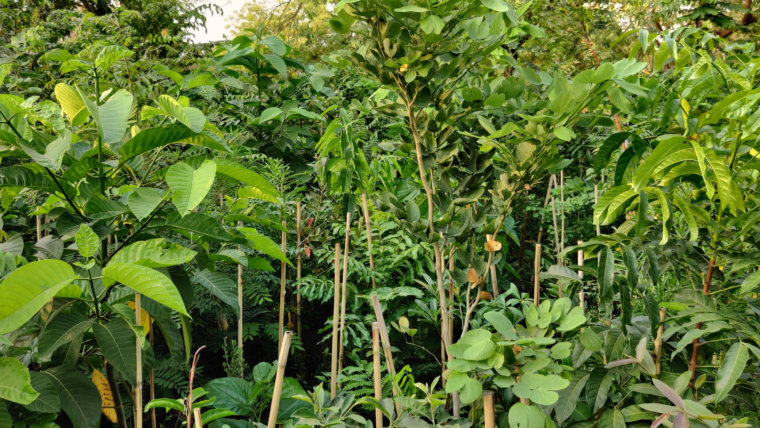The air we breathe defines our livability. The rising quotient of air pollutants has definitely curtailed the healthy living years from our lives. We have rattled on enough about the deteriorating air quality around us and it wouldn’t be wrong to state that people are much more aware of this issue and ready to adapt the measures for it. Thrashing over the genre of air quality, Indoor Air Quality needs to be considered substantially. It has a significant impact on quality of life.
According to the Handbook of Green Building Design and Construction (Second Edition), 2017, “Indoor air quality is defined by the depiction of concentrations of pollutants and thermal conditions that may negatively affect the health, comfort, and performance of a building’s occupants.” Indoor Air Quality (IAQ) is affected by various air pollutants, chemical emissions from things around us, human activities, etc. The temperature and moisture of the air are disturbed due to indoor air pollution. Indoor Air Quality is measured by considering the temperature (T), relative humidity (RH), carbon dioxide (CO2), radon (Ra), and particulate matters in different diameters (PM).
After the nightmarish experience of Covid-19, which is an airborne disease, we humans have definitely realised the importance of life and its quality. The new normal culture has made us stay home for more than 90% time. Thus IAQ becomes a more important aspect. In any given house, right from the furniture to the electric appliances we use, every gadget and object contributes to the emission of air pollutants. With all the problems we are facing, the role of plants in giving human minds a sense of peace is considerable. Generally, clean or healthy air is composed of approximately 21 percent oxygen, 78 percent nitrogen and other trace components. Research says that plants can play a key role in removing pollutants and improving the IAQ. They play a multidisciplinary character. Plants give pure oxygen and absorb the carbon dioxide that human activities emit in bulk. They also absorb compounds like carbon monoxide, benzene, etc.
Indoor plants are generally considered as an aesthetic element in interiors but it is high time for us to understand the value of indoor plants. While decorating our houses, we generally just find a corner with sunlight for trees without considering what role those trees have to play. Indoor trees are said to be more liable to remove air pollutants than the air-purifying devices that the modern age is embedding us to install. We need to be educated about indoor landscaping more. There are several factors to be considered while choosing indoor plants. Certain plants absorb more or give more oxygen. Thus, we should first understand the air quality of a particular space. For example, if it is the house or it is an office or a manufacturing unit. In all cases, the air quality and pollutants in the air will vary. Therefore, the air purifiers, i.e. plants should be selected wisely.
The major toxicants in indoor are formaldehyde, benzene, and carbon monoxide. Common plants that help in purifying air are Areca Palm (Chrysalidocarpus lutescens), Lady Palm (Rhapis excelsa), Bamboo palm (Chamaedorea seifrizii), Rubber Plant (Ficus robusta), Janet Craig (Dracaena deremensis), Peace Lily (Spathiphyllum), Chrysanthemums (Chrysanthemum morifolium), Snake Plant (Sansevieria trifasciata).
Being habitual to air conditioning, we are missing out on the co-existing probabilities with nature. Our ancestors lived with nature for hundreds of years, thus it sensible to bring the outdoors indoors now.
Article by
Ar. Nikita Sahuji



